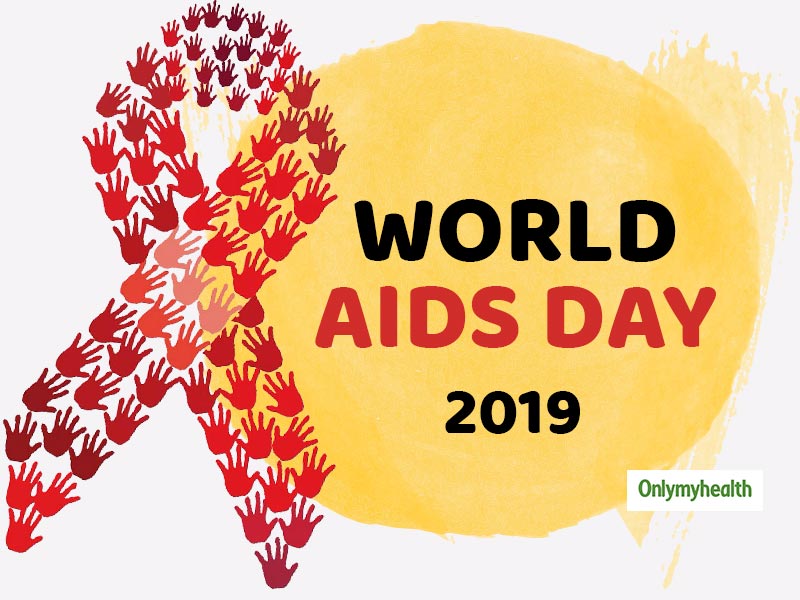
Human immunodeficiency virus (HIV) - etiological agent of Acquired Immunodeficiency Syndrome (AlIDS) has been the biggest threat to mankind in the last three decades. HIV in humans was believed to be acquired from chimpanzee by the cross-species infections of the simian counterpart of HIV in rural Africa.
Table of Content:-
HIV Serotyping
Based on sequence differences in env gene, HIV comprises of two serotypes HIV-1 and HIV-2.
HIV-1
It is divided into three distinct groups (M, N, and 0). Recently, an HIV strain related to gorilla SIV was identified in a Cameroonian woman in 2009 and has been proposed as group P. 'M' is the dominant group worldwide.
HIV-2
It comprises of eight groups (AHH); they are confined to Africa.
Mode of Transmission
- The sexual mode is the most common mode of transmission. Heterosexual route (male to female via vaginal coitus) is the commonest mode. Anal intercourse (among homosexual males or even male to a female) has a higher risk of transmission than vaginal intercourse.
- Blood transfusion is the least common mode but the risk of transmission is maximum (90- 95%).
- Percutaneous/mucosal transmission modes such as needle stick injury, injection drug abuse and sharing razors or splashes of infected blood on eyes etc. are among the less effective modes of transmission.
- Perinatal mode: the risk of transmission from mother to fetus is about 20-40%.
- Viral load is maximum in blood, genital secretions, and CSF.
Ways HIV Cannot Be Spread

Saliva, sweat, tears, insects, contact with common objects.
WHO Clinical Staging of HIV for adults
Clinical stage 1
- Asymptomatic HIV infection
- Persistent generalized lymphadenopathy.
Also Read Expiry Date Drugs: Here's What Happens When We Eat Expired Drugs
Clinical stage 2
- Unexplained moderate weight loss(< 10%}
- Recurrent respiratory tract infection
- Herpes zoster
- Recurrent oral ulcers
- Seborrhoeic dermatitis
- Fungal nail infection
Clinical stage 3
- Unexplained severe weight loss (> 10%), diarrhoea, persistent fever for > l month
- Oral candidiasis
- Pulmonary tuberculosis
- Severe bacterial infection

Clinical Stage 4
- HIV wasting syndrome.
- Bacterial , vrial fungal , parasitic opportunistic infection.
- Neoplasia.
Prevention of HIV
- Education, counselling, and behaviour modification.
- Use of condoms in risk situations.
- Avoidance of shared needle use by an injection drug user.
- Breast-feeding should be avoided by HIV-positive women.
- Adult male circumcision has proven in the prevention of HIV in heterosexual.
- Besides, pre-exposure prophylaxis with cART in men who have sex with men and in heterosexual men and women engaging in risk behaviours has proven to be an effective means of prevention.
Also Read: Stem Cell Transplant Can Treat Severe Combined Immune Deficiency, A 100% Fatal Defect In Kids
Guidelines for Post Exposure Prophylaxis
- Initiation of PEP depends on the type and severity of exposure and the HIV status of the source.
- The PEP must be initiated within 2 hours but not later than 72 hours.

What's new in HIV?
New HIV strain has been discovered. It was found to be Subtype L of Group M.
HIV Vaccine Strategies
- Recombinant sub-unit vaccines (e.g. en veloped proteins): e.g. Vax Gen trial used gpl 20 protein
- Modified envelope vaccines
- Peptide vaccines
- DNA vaccines
- Recombinant vector vaccines
(Inputs By Dr Mayuri.K.S. MBBS, MD[ GOLD MEDALIST], MIPC, Consultant Microbiologist and Infection Control officer, Sparsh Hospital)
Read more articles on Miscellaneous
How we keep this article up to date:
We work with experts and keep a close eye on the latest in health and wellness. Whenever there is a new research or helpful information, we update our articles with accurate and useful advice.
Current Version